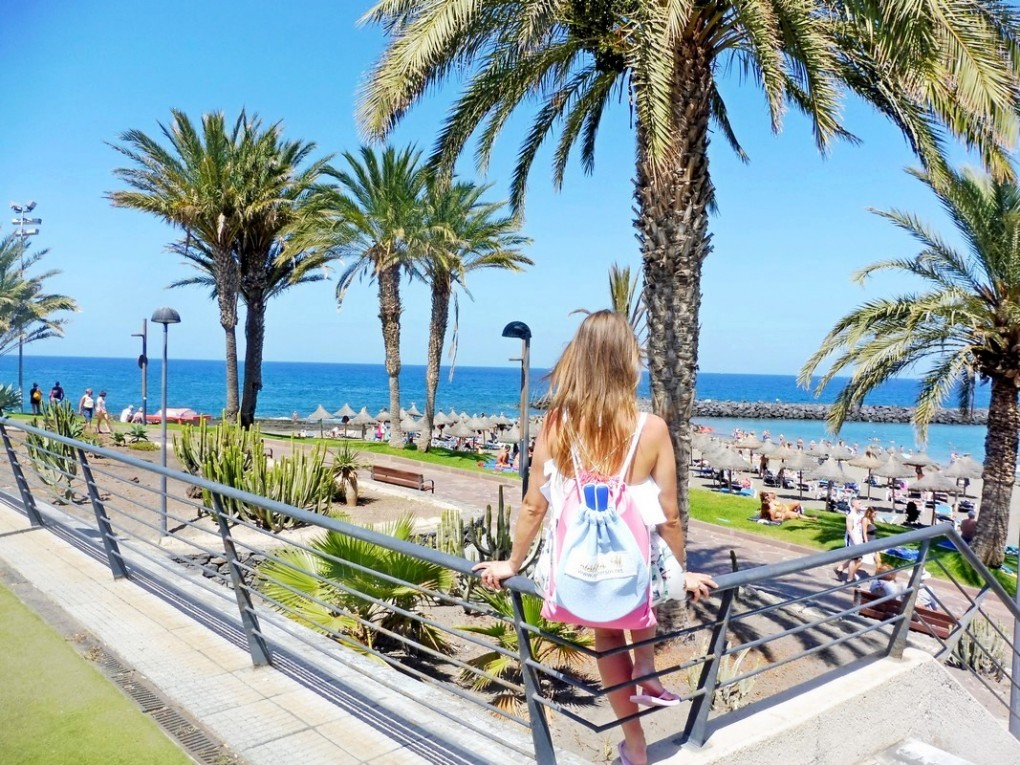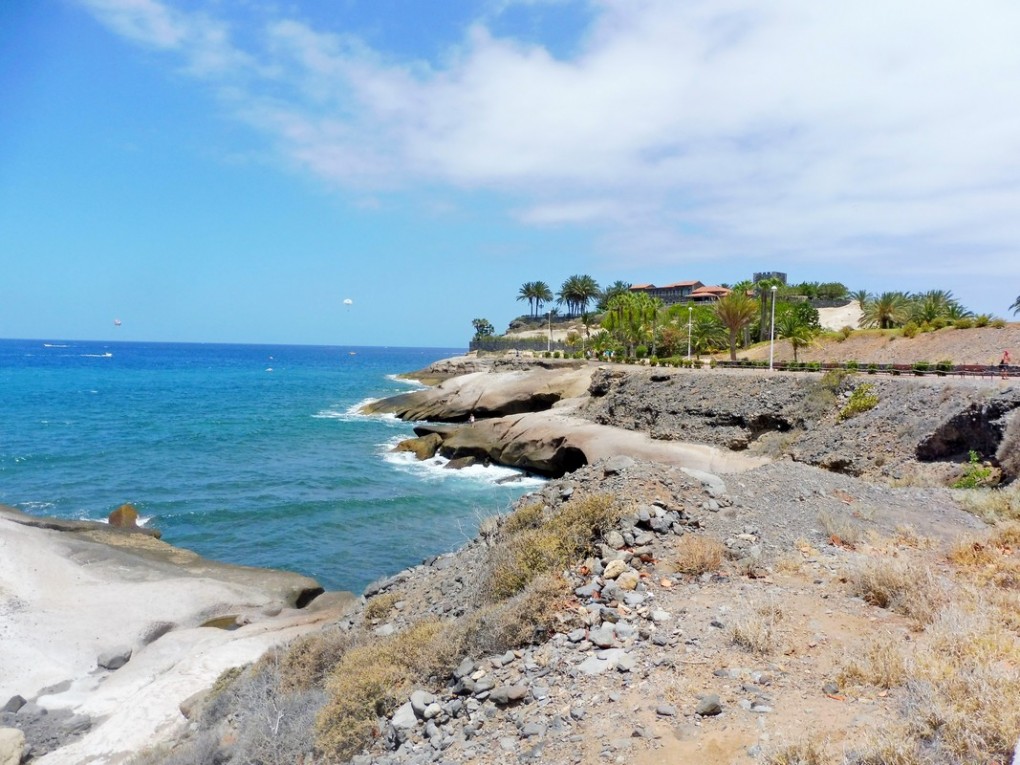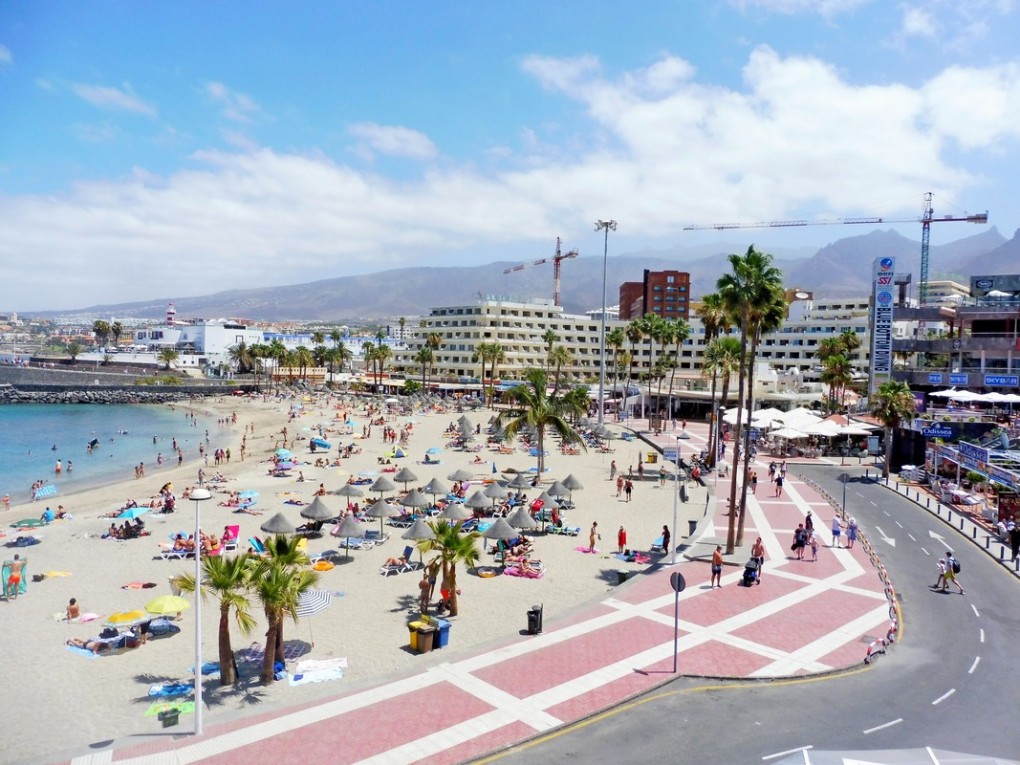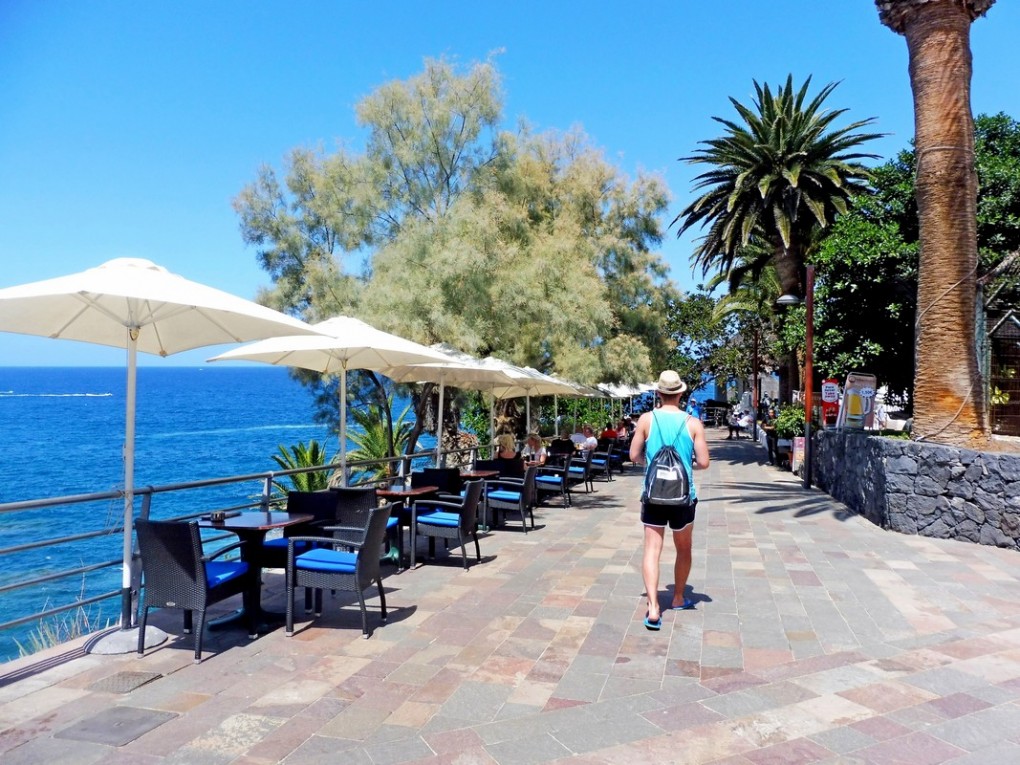



Every day, a dozen or so people declare their will to live in Tenerife, applying for registration. On an island where the temperature difference during the year is ten degrees and the pressure of 1016 hPa is the perfect climate for life. Such opinions about the largest island in the Canary Islands circulate around the world. Very often we came across positive relations of the residents themselves and tourists visiting it, watching programs or reading articles about travel. Increasingly, however, not only the attractions of a given place affect the choice of a holiday destination, but also our security. Before we decide where to go, we should look at the Ministry of Foreign Affairs website and check which places have been marked as particularly dangerous. At a time when the number of tourists in such popular countries as Turkey, Tunisia, Greece or Egypt is falling, the Canary Islands are experiencing a real renaissance. The entire Archipelago consists of seven main islands: Tenerife, Fuerteventura, Gran Canaria, Lanzarote, La Palma, La Gomera and El Sierro.
Tenerife was not able to disappoint us, because it implies unusual places, but above all it has such an climate that we feel good at any time of the day or night. An exceptionally encouraging fact for a longer stay or for living on the island is the life expectancy of its residents, as the average age achieved by women is 87 years, while among men it is slightly lower, as it is 84 years old.
Tenerife is not only the largest but also the most populated island in the Canary archipelago and the most populated Spanish island at the same time. It is an integral part of Spain and the European Union, although it is geographically located in North Africa. The island is located 300 km from Morocco and Western Sahara, and from the Iberian Peninsula (Spain, mainland Portugal) about 1000 km. The official language is of course the Spanish language and the Euro currency. It is worth noticing , however, that we can also communicate with the inhabitants of the island in English and German, and there are also some information boards in these languages. The capital and the largest city is also Santa Cruz de Tenerife. Together with Las Palmas de Gran Canaria it is also the capital of the autonomy of the Canary Islands. When we are on the island, we notice that just like Gran Canaria there are several types of landscapes and several climate zones. For this reason, it is often called “the continent in miniature”. The whole island has an area of 2034 km², it’s about 80 km long and 50 km wide
In the west of Tenerife, the rocky giants rise to an altitude of 800 m.n.p.. Impressive cliffs, called Los Gigantes, are admired from the vantage point, as well as from the more favorable side of the sea, sailing, for example, a catamaran. During the cruise you can also see dolphins and grindwals. On the island, of course, there are objects listed on the UNESCO World Cultural and Natural Heritage List, and these are the Teide volcano, which is a national park and the historic city of La Laguna.
Goint to the island, it’s worth considering what we need at the moment. If we are looking for silence, we are interested in hiking and we like greenery we should choose the northern part of the island. However, for lovers of madness and nightlife, the south of Playa de las Americas will definitely be better. The North is thus dominated by tourists from Germany and the South from England. Las Americas comes together with Costa Adeje and Los Cristianos as part of the Tri-City, extremely popular among tourists. During the day it is an attractive place to relax on the beach, actually on one of the many available in the area. And at night there is a party atmosphere here. Going for a walk along the promenade from Las Americas along the Atlantic Ocean, we pass the beaches of Las Veronicas, La Troya, El Bobo and Fañabé. There is black sand on all of them, because these beaches are of volcanic origin. So let’s not be fooled by photos circulating on the web, which mostly depict Las Teresitas’ bright beach, located on the north of the island. Playa de las Teresitas, considered by many to be the finest beach in Tenerife, is located near the village of San Andérs. In 1973, there were tons of sand from the Sahara and an unusual beach was created for this volcanic island. In addition, a barrier was built in the water with stones parallel to the beach, which is to protect it from high waves. There are only a few hotels in the area. But if we are closer to what nature has created, and the man has only used it, let’s go a little further along the ocean promenade, passing the mentioned Playa de Fañabé, and finally we will see a beautiful intimate bright beach Del Duque, which we present to you in the article Playa del Duque. Next time we will take you to the neighbour island of La Gomera and to the Icod de Los Vinos.